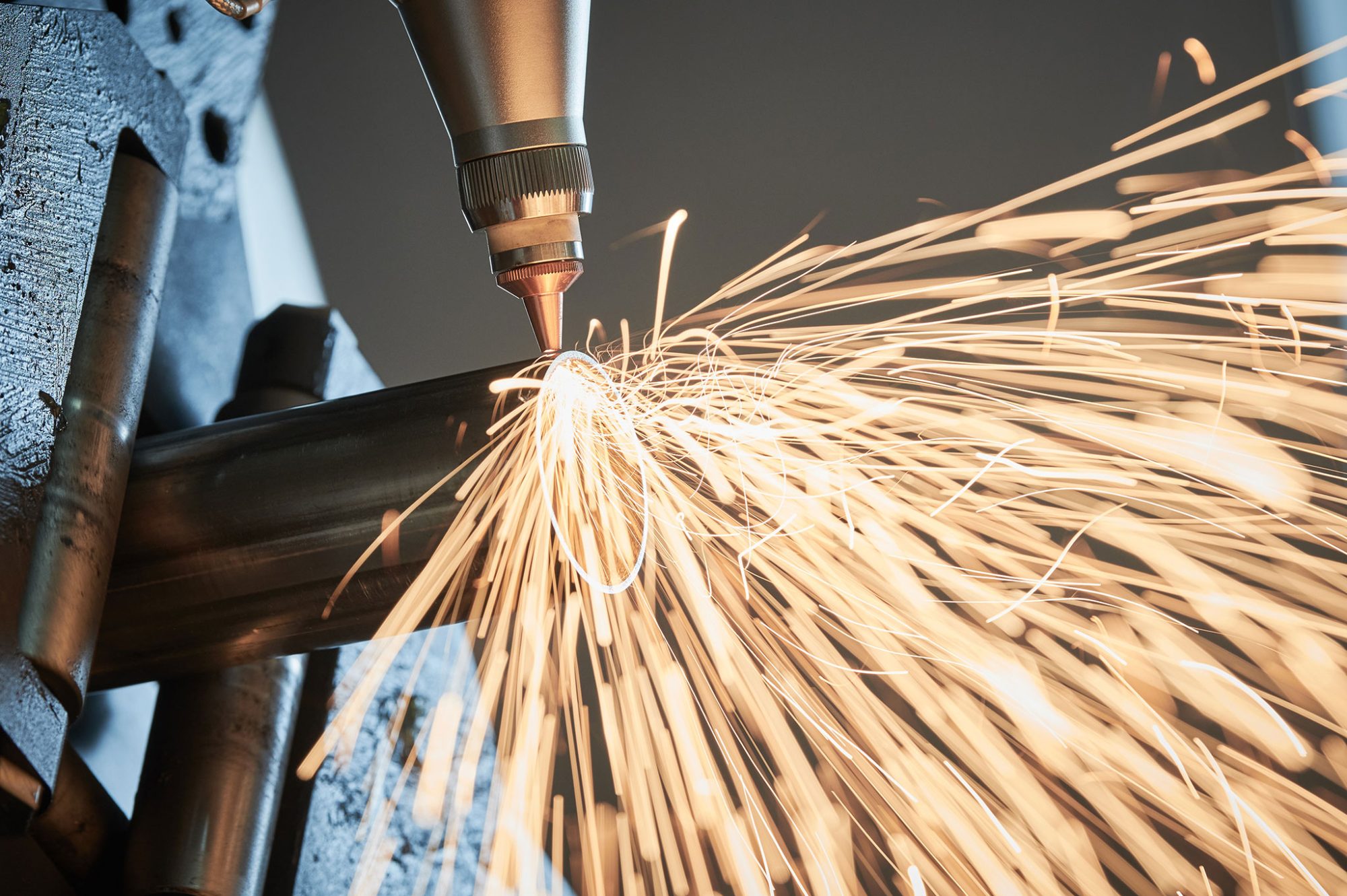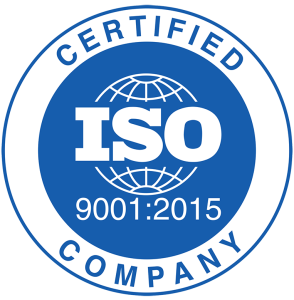We’re specialist tubing providers who work to ensure that clients have all the utensils they need. If you are here for ERW tube, then look no further. Our establishment has a large quantity of stock available. This includes many sizes and shapes. There are even some special options like pre-galvanised and seamless.
With specifying steel tubing, there are design mistakes you can make. They can cause a lot of problems. To help you avoid them, we are going to discuss a few here.
Not identifying the clearance
 The first mistake is specifying the dimensions whilst neglecting to identify the clearance you need for the right fit. It is necessary for components to have space between them. Otherwise, they cannot fit together.
The first mistake is specifying the dimensions whilst neglecting to identify the clearance you need for the right fit. It is necessary for components to have space between them. Otherwise, they cannot fit together.
Let’s say your tube needs to accommodate a wire guide that is precisely .025 inches in diameter. You order tubing that possesses an ID of .025 inches exactly. If you do this, the wire guide isn’t going to fit. The measurement you asked for was dimensional rather than being functional.
Requesting a surface finish whilst neglecting to specify ID or OD
In some cases when people order tubing, they choose the surface finish. They do so without differentiating between outer and inner surfaces. Both come with their own functions. Since this is the case, you must specify the finishes for each of them.
The majority of drawings possess a general title-block callout for surface roughness or finish. The specification in the title block is usually ambiguous. This is because it fails to say if the finish applies to the outer or inner surface.
Specifying temper instead of tensile strength
In some instances, when people order tubes, they ask for a certain temper instead of a particular tensile strength. Temper isn’t quantifiable. A tubing standard does not exist for it. However, tensile strength is measurable. Manufacturer’s associate tempers with separate ranges of tensile strength. Should you fail to specify, your tube could end up within the wrong ranges. If you’re after a high quality ERW tube, contact our team.
Details about end application or secondary fabrication
Some people do not tell the tube manufacturer what they plan to do with the tubes. They may not share details of the application of any fabrication that will be completed later in the procedure. Such details can aid the manufacturer in guaranteeing you get the right tubing, so it is best to provide them.
If you intend to end form your tube, you might need a different design that resists splitting. Tubing’s elongation restricts how much you can crimp, swage, or flare the tubes. For those that intend to laser cut, the choice of strength and alloy is crucial. Smaller laser-cut features could demand homogenous tube or higher-strength materials. For those that want to coil or bend their tubes, you must have a wall thickness and tensile strength that controls springback.
Failing to specify cleaning and processing needs
People don’t always specify that their tubes must be cleaned and processed in certain ways. Let’s say you can’t have PTFE in your tube but fail to inform the manufacturer. You may end up with unusable products. If your manufacturer isn’t aware of your needs, it can’t clean and process the items properly.
We keep customers satisfied with ERW tube
At Union Steel Tubes, we have plenty of tubing options to keep customers happy. Not only do we supply top tier goods, but we also deliver quickly. We keep a large stock of products and can cut to length in house for rapid dispatches.
So, if you have ERW tube specifications you need to discuss with us, please get in touch. We recommend you provide as much detail as possible to ensure we get you the best products.


